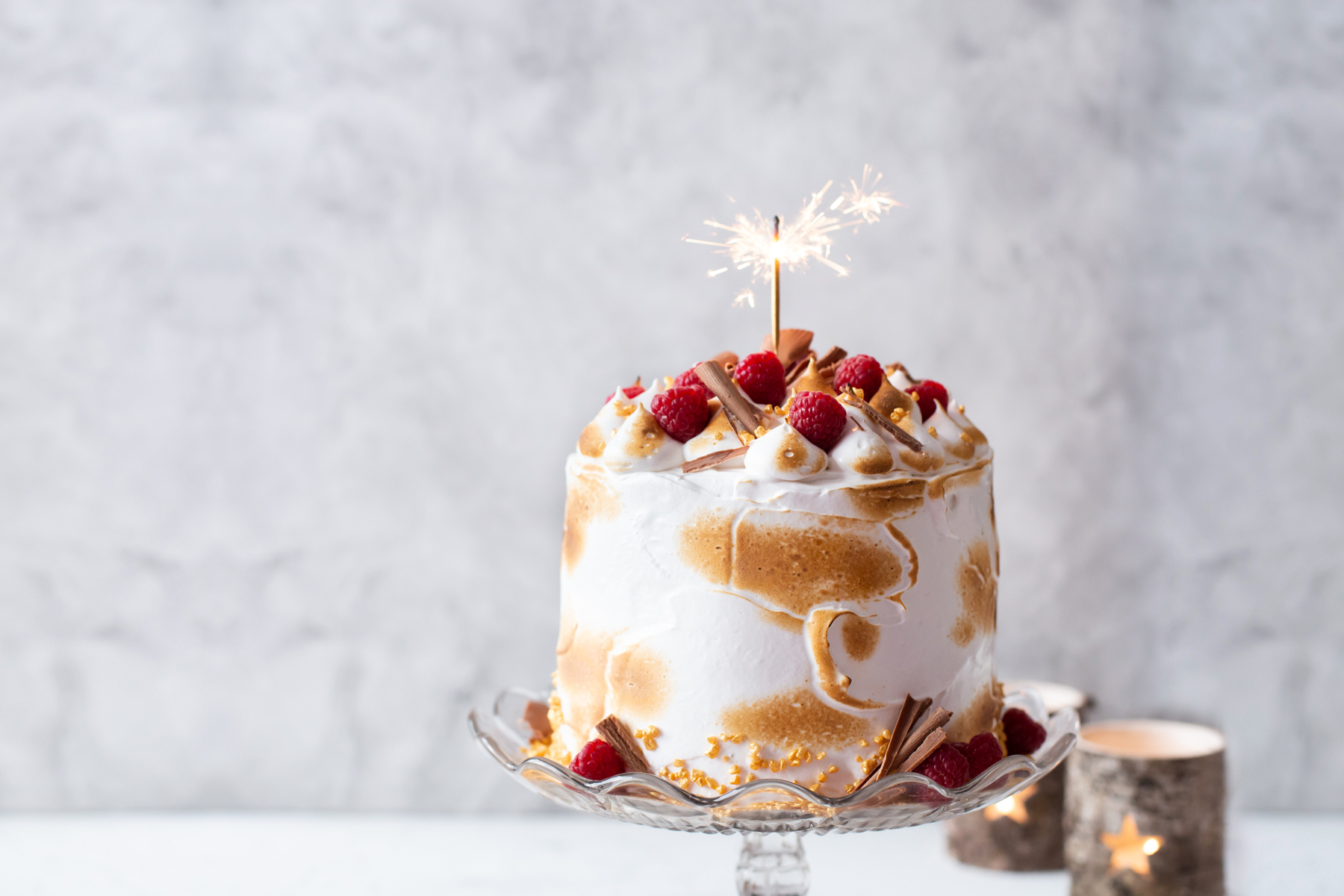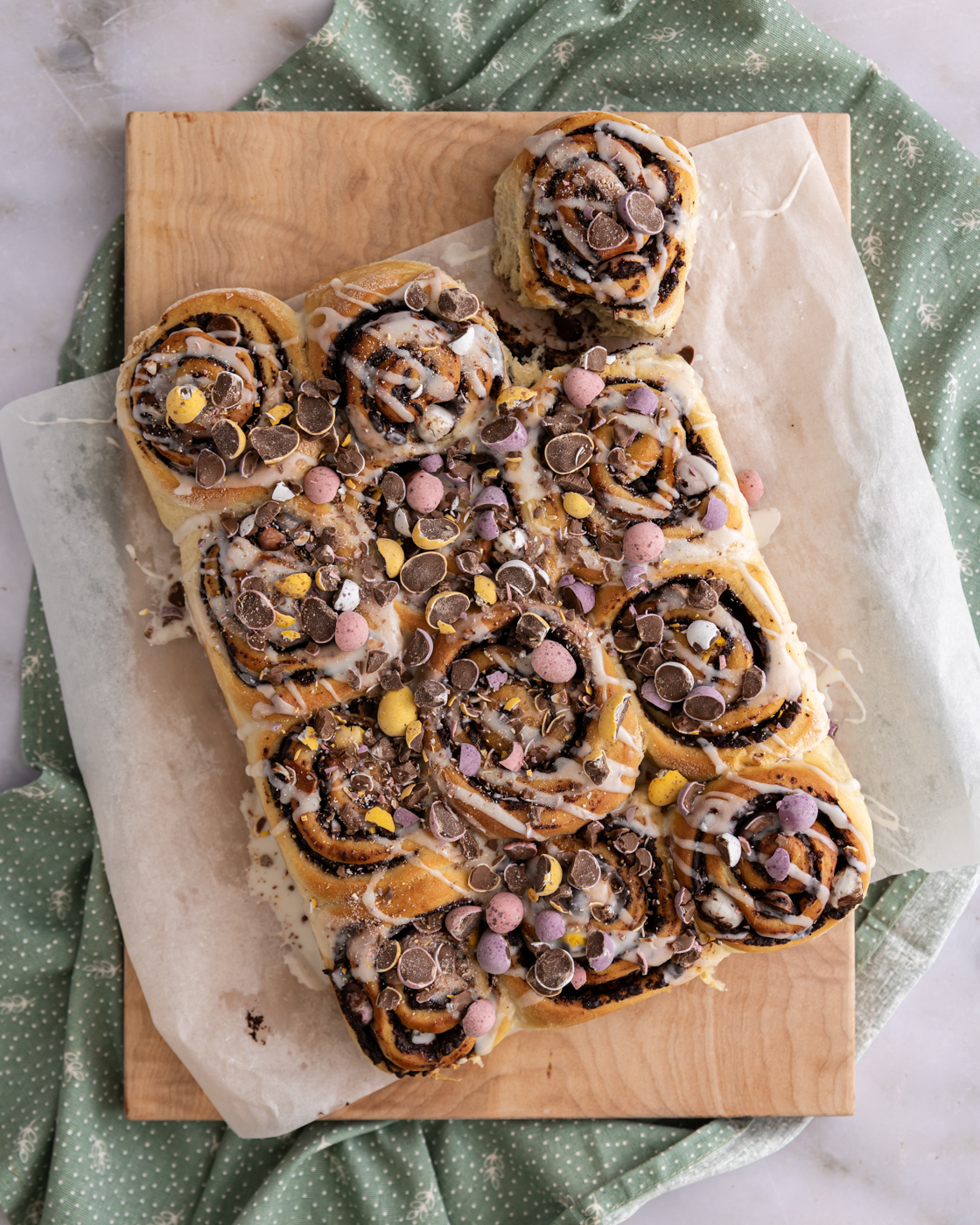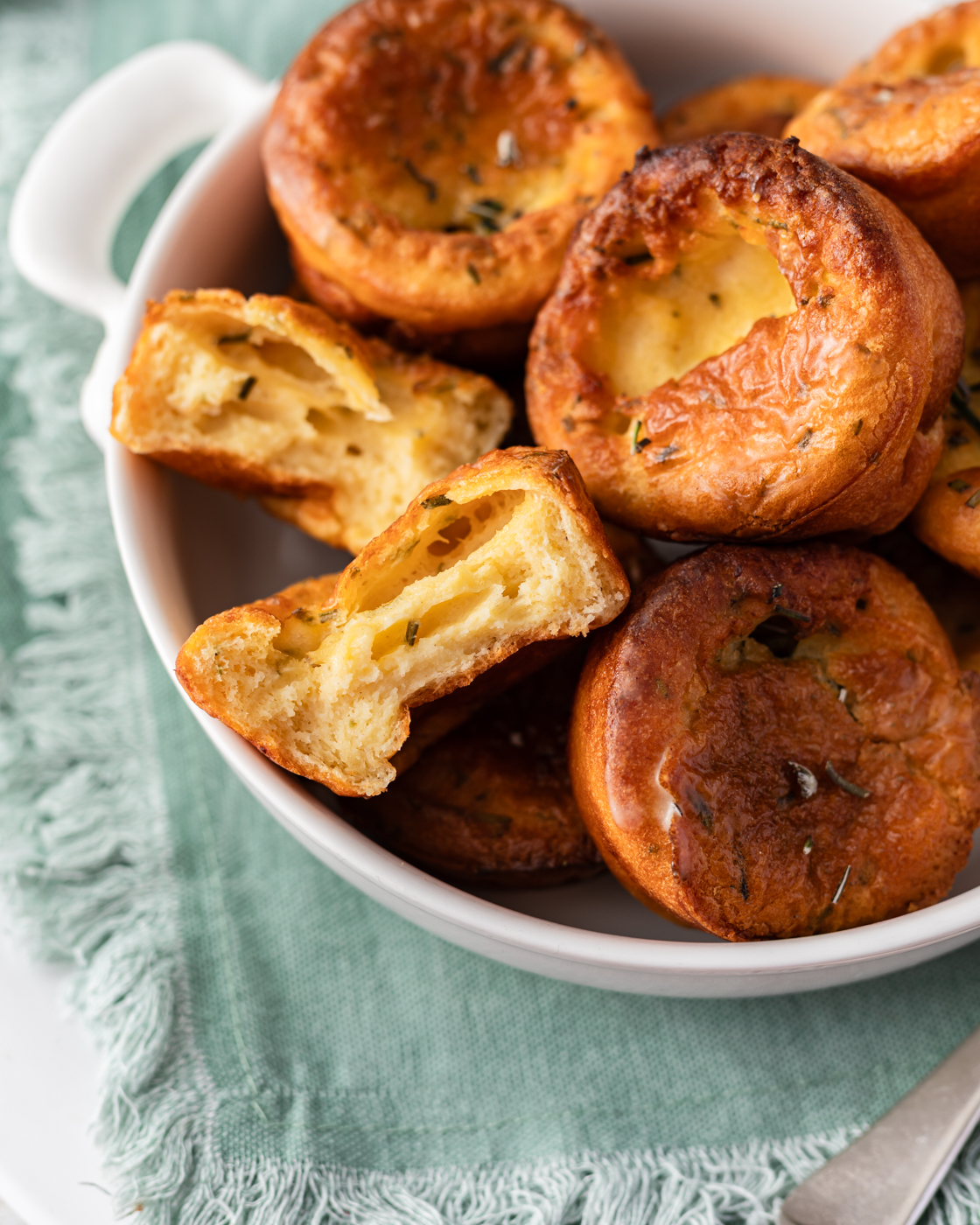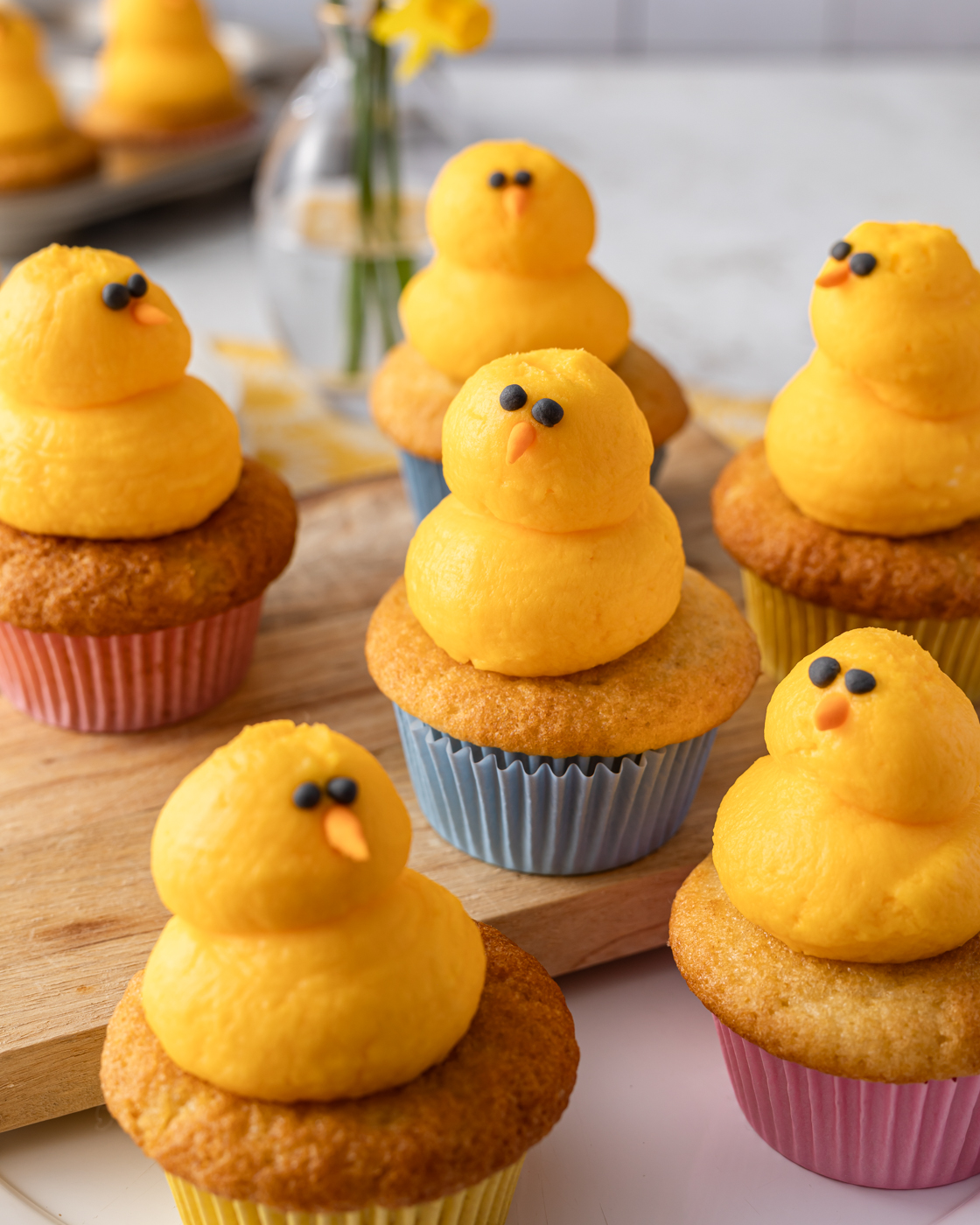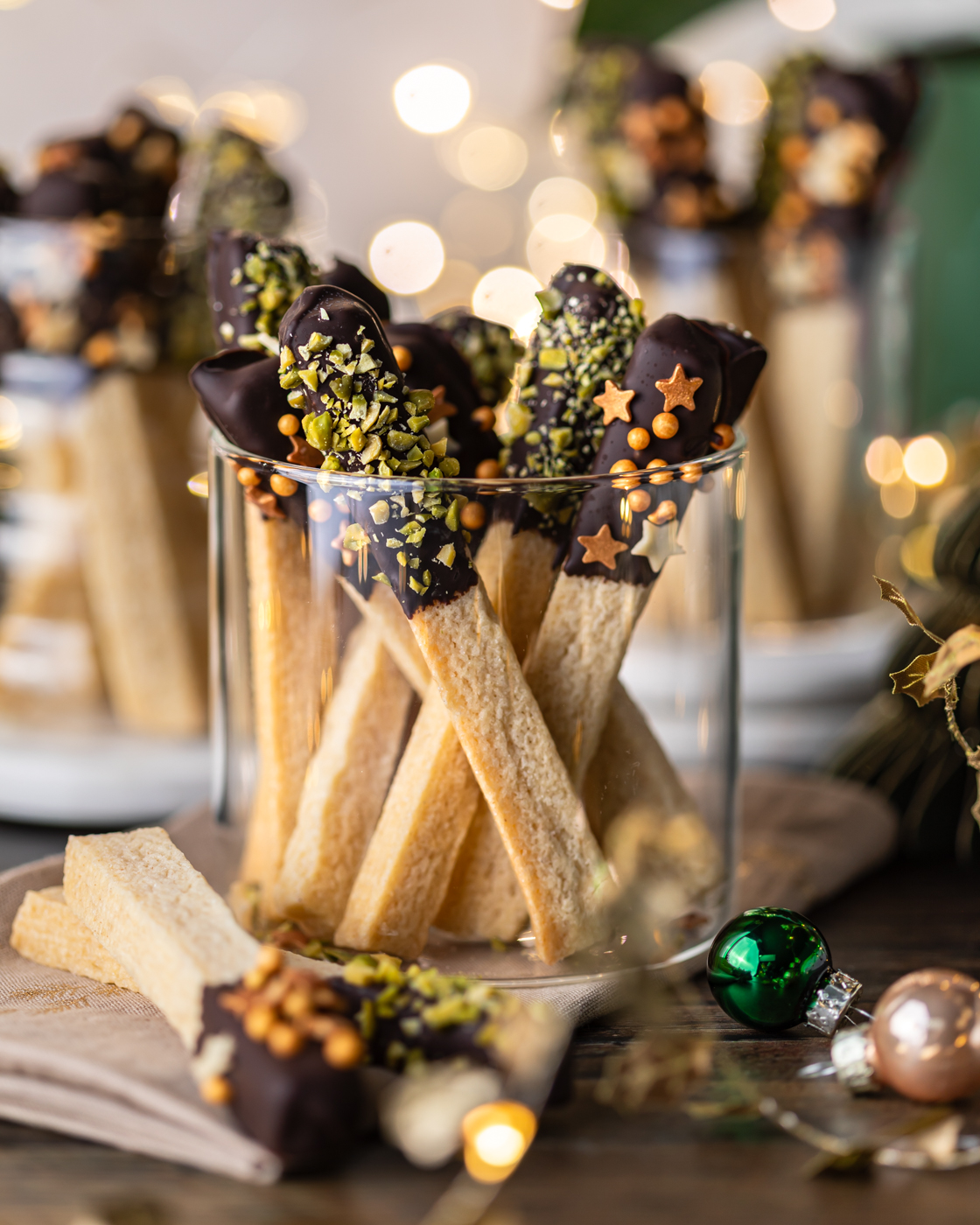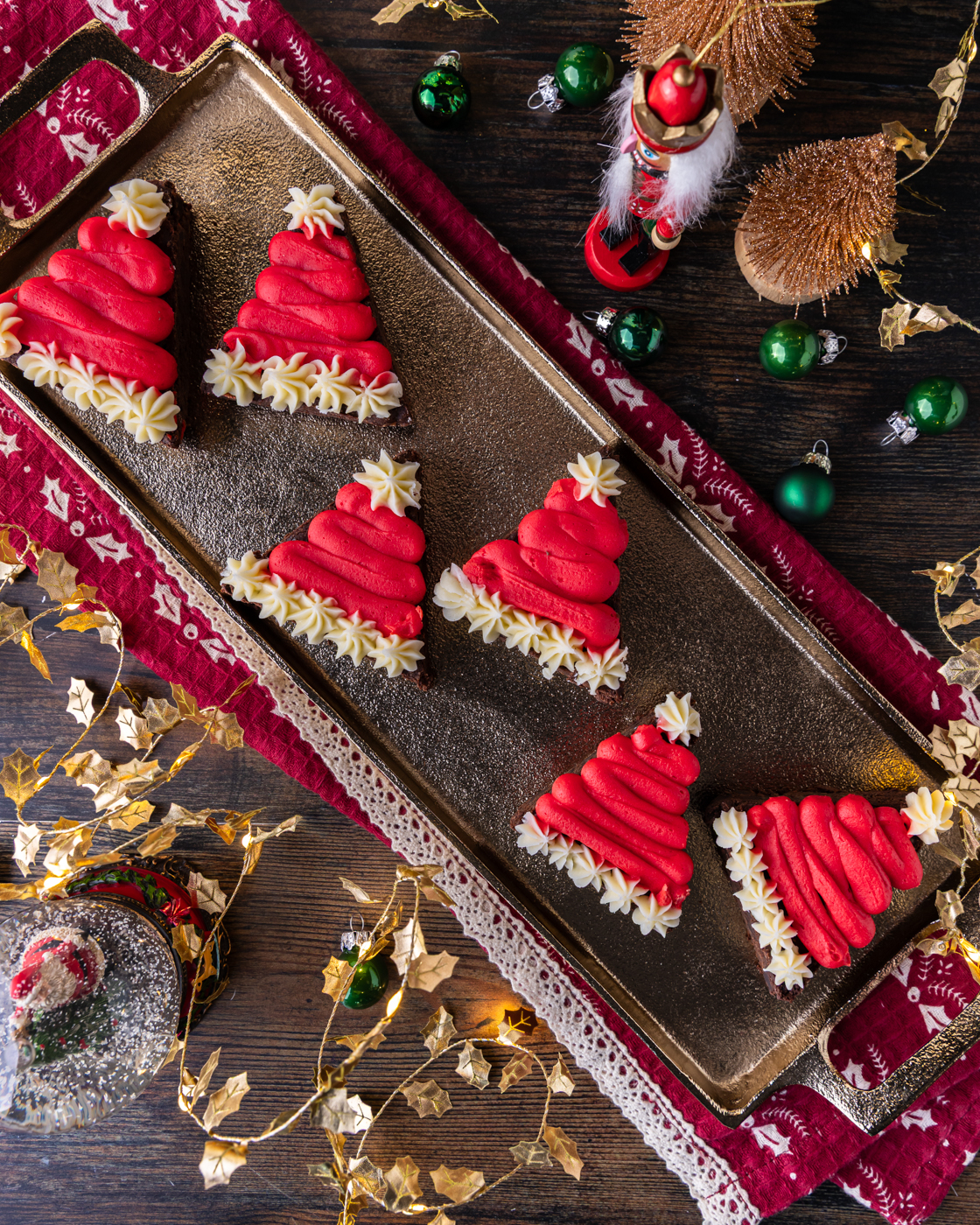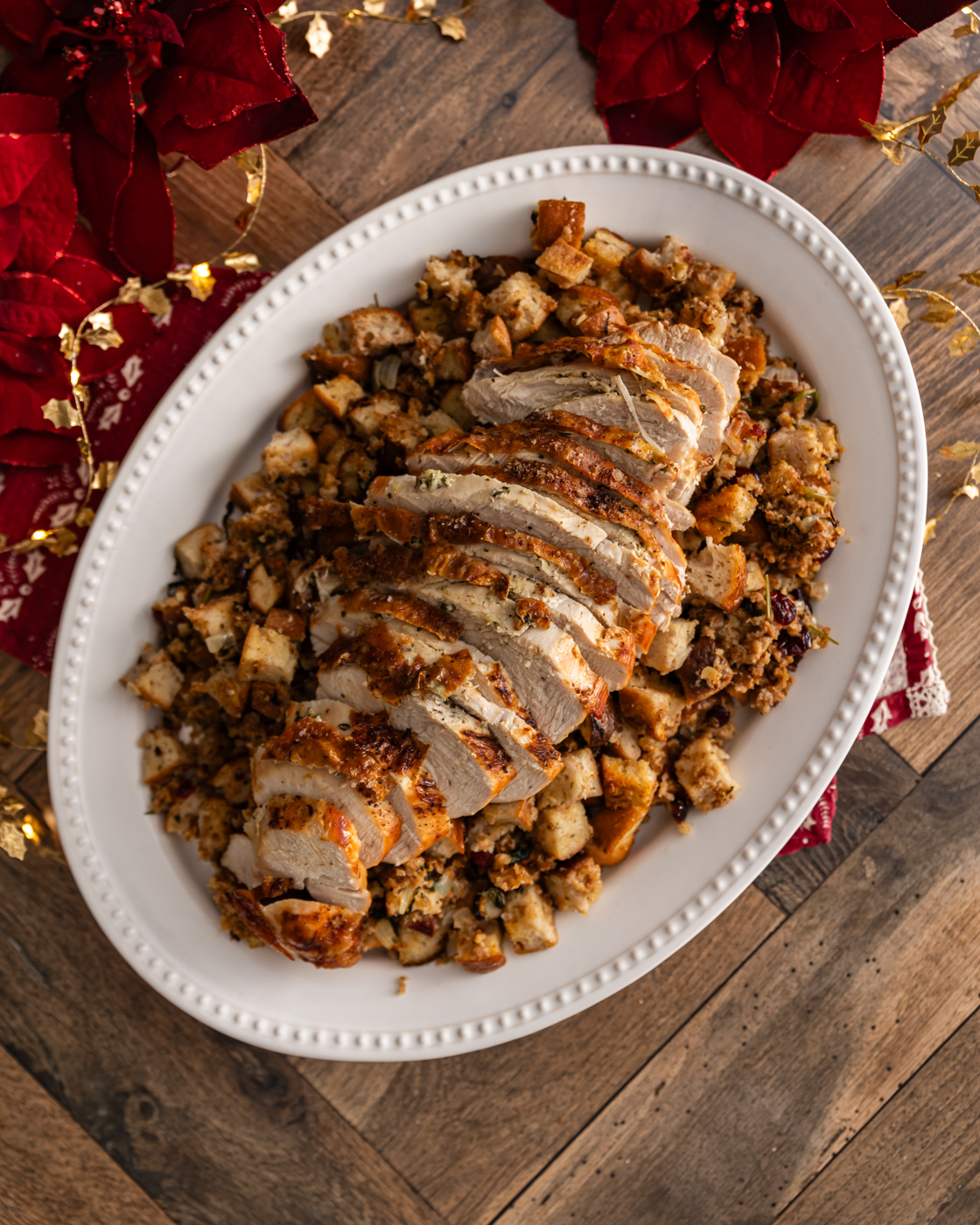
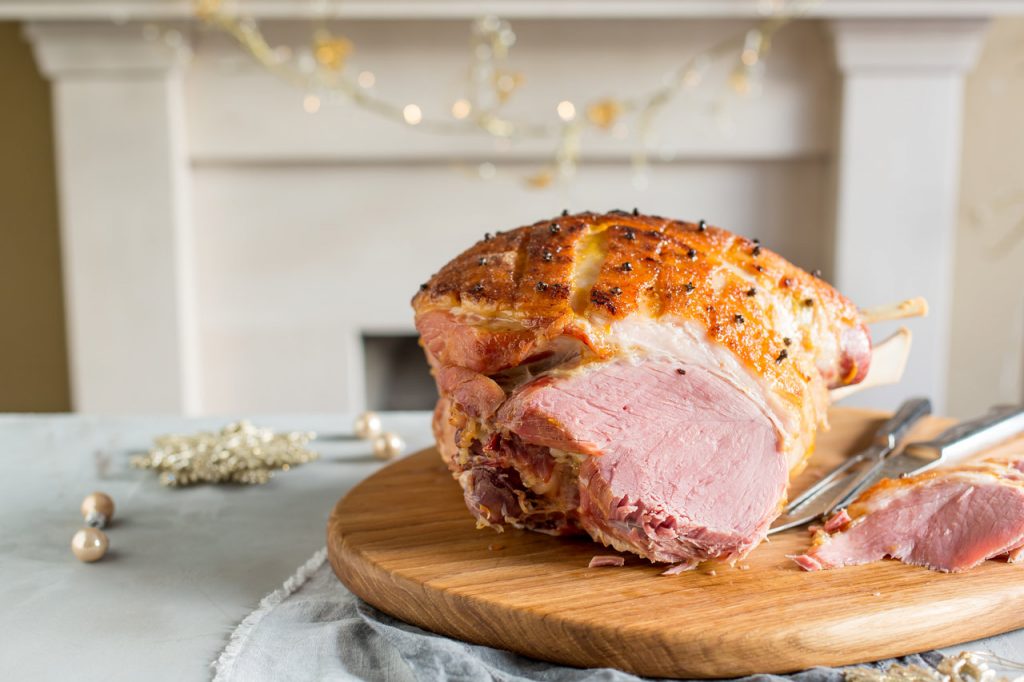
Maryanne Dalton’s Traditional Baked Ham. It’s very popular to boil hams and then glaze in the oven afterwards, but to me a Christmas ham is only baked without bubbling away in a ham pot beforehand. Itsd well worth becoming familiar with baking a ham rather than boiling one as the flavour will reward your effort ten-fold! Depending on how the ham was cured, it will most probably be necessary to soak the ham for 24 hours before baking it. This step isn’t necessary when boiling a ham as the boiling process automatically removes any excess salt, but it is a foolish errand to bake a salt cured ham without soaking.. It may sound complicated, but all you need to do is immerse the ham in cold water, ensuring that it’s all sitting below the water level. I use a baby bath, but my memories growing up were hams sitting in water-filled, double-bagged bin bags in the family bath at home tied at the top! Depending on the curing methods, some hams may not require soaking at all, so check with your butcher to see what soaking is recommended, ensuring you let them know that you plan on baking the ham rather than boiling. Once the ham is soaked, the rest is even more straightforward than boiling, so even if you’re a novice cook, this is a technique you can master very easily.
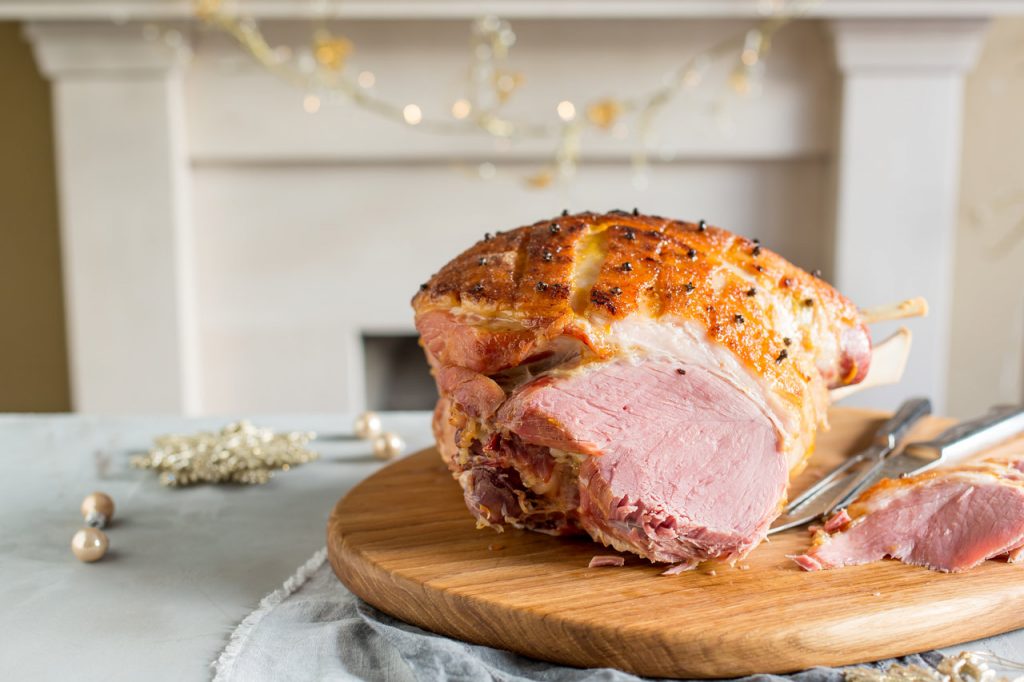
Introduction
Maryanne Dalton’s Traditional Baked Ham. It’s very popular to boil hams and then glaze in the oven afterwards, but to me a Christmas ham is only baked without bubbling away in a ham pot beforehand. Itsd well worth becoming familiar with baking a ham rather than boiling one as the flavour wi
Ingredients
- Whole ham, on the bone
- 50g mustard (English or Dijon, depending on preference)
- 50g brown sugar
- 30 or so whole cloves
FOR THE GLAZE:
Method
- 1. After removing any packaging, soak the ham in water for about 24 hours, or as your butcher advises. Once soaked remove the ham and place it, fat side up, onto a roasting tray
- 2. Cover the ham with foil, allowing enough space for air to circulate between the ham and foil.
- 3. Transfer into a hot oven and bake at 180ᵒC. Like all meat, the basic rule of “twenty minutes per pound of meat and twenty minutes extra” applies. Or, in new money, forty five minutes per kilogram and an extra twenty minutes at the end.
- 4. Once the meat is cooked, expect to see a puddle of meat juices in the base of the tin. (For me, this is a huge bonus and I use this as the base for a divine pea and ham soup!)
- 5. Remove the ham onto a meat board and gently remove the outer layer of fat. If you notice that, even in patches, the fat doesn’t come away easily, it is a sign that your meat may not be fully cooked so return it to the oven for a further twenty minutes.
- 6. Once the outer layer of fat is removed, use a sharp knife to score the inner layer of fat in parallel lines an inch apart, and repeat at a 90 degree angle so as to create a chequer board design on the ham fat.
- 7. Rub or paint mustard over the fat layer on the ham and follow by sprinkling the brown sugar generously over the mustard layer. Use your hand to press the sugar so it attaches fully to the mustard.
- 8. Pierce a whole clove into the centre of each of the chequer board squares on the surface and place the ham onto a baking tray to return to the oven for a few minutes until the sugar starts to bubble and caramelise.
- 9. Remove and rest before carving.
